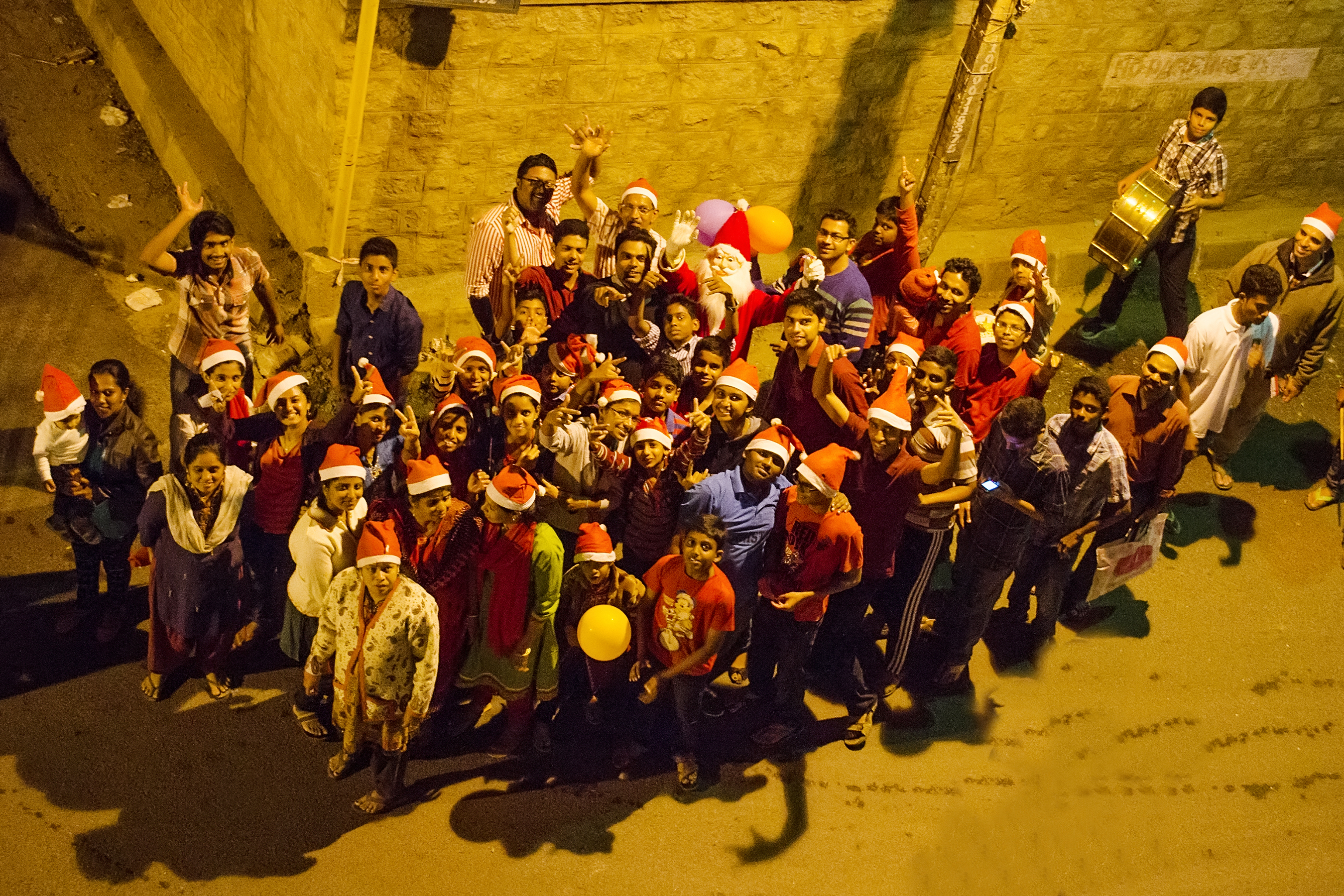|
Boh Predvičnyj Narodivsja
"''Boh predvichnyi narodyvsia''" () is a Ukrainian Christmas carol, which is translated into English as "Eternal God Was Born" or sometimes "Pre-eternal God Was Born." It focuses on the incarnation in the story of the nativity. Background One of the most famous carols in Western Ukraine and the amongst the Ukrainian diaspora, it is customary to sing this carol before the traditional Twelve-dish Christmas Eve supper is served in many parts of the historic region of Galicia. It also sung in churches at the end of the Divine Liturgy from Christmas Day until Candlemas. "''Boh predvichnyi narodyvsia''" is in the "'' Bohohlasnyk''" - a Ukrainian anthology of pious songs, which was published in Pochayiv Monastery during the late eighteenth century. The poet Ivan Franko considered this the best of all Ukrainian church songs, calling it "a pearl among carols." Lyrics There are multiple versions of this carol, ranging in length from 2 to 10 verses. This version includes 7 verses, an ... [...More Info...] [...Related Items...] OR: [Wikipedia] [Google] [Baidu] |
Christmas Carol
A Christmas carol is a Carol (music), carol on the theme of Christmas, traditionally sung at Christmas itself or during the surrounding Christmas and holiday season. The term noel has sometimes been used, especially for carols of French origin. Christmas carols may be regarded as a subset of the broader category of Christmas music. History The first known Christmas hymns may be traced to 4th-century Rome. Latin hymns such as Veni redemptor gentium, written by Ambrose, Archbishop of Milan, were austere statements of the theological doctrine of the Incarnation in opposition to Arianism. Corde natus ex Parentis (''Of the Father's Heart Begotten, Of the Father's heart begotten'') by the Spanish poet Prudentius (d. 413) is still sung in some churches today. In the 9th and 10th centuries, the Christmas sequence (or prose) was introduced in Northern European monasteries, developing under Bernard of Clairvaux into a Sequence (liturgy), sequence of rhymed stanzas. In the 12th cent ... [...More Info...] [...Related Items...] OR: [Wikipedia] [Google] [Baidu] |
